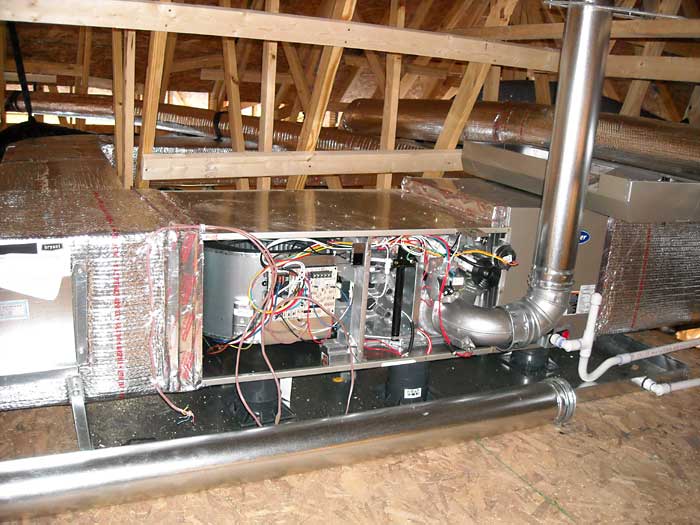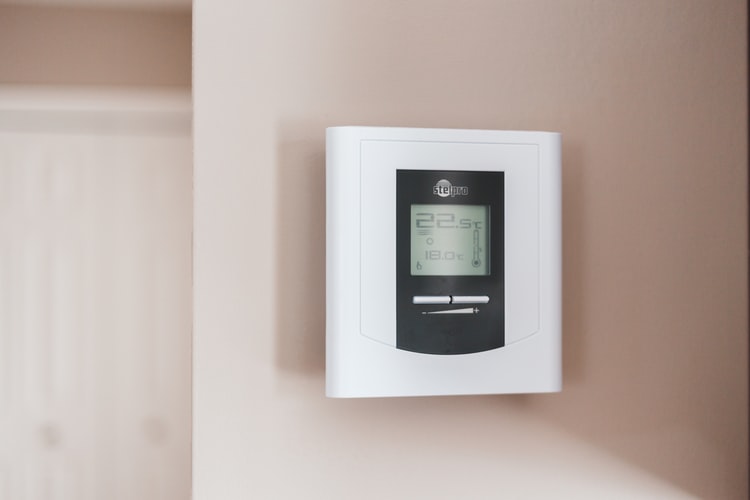Introduction: In the dynamic landscape of sustainable design and construction, MEP engineering plays a crucial role in ensuring energy efficiency

What are the HVAC requirements for houses in California? The answer to your question is title 24 which is the genesis of HVAC design and the basic minimum standard of efficiency pre-set by the CEC or California Energy Commission.
Do you wish to replace your gas furnace, Air-conditioning unit, evaporator coil, etc.? Then you have to take permission from the city or county department responsible for providing you energy.
This permit is given on the basis of a test that helps determine the amount of pressure leaks in your ductwork. This helps understand the gaps in your mechanical design. If the amount exceeds the safety limit according to the standards, then your system must be checked & repaired before permission is given.

A couple of areas, for example, Santa Clara County have been excluded from this testing since these Title 24 prerequisites were presented in California in 2006, that has now changed and all districts are needed to test.
Although Cold Craft is a BPI (Building Performance Institute) guaranteed organization, an authorized HERS Rater is expected to finish the testing to confirm the desk work and craftsmanship pass the base norms.
At whatever point HVAC (Heating Ventilation and AC) hardware is introduced a base standard should be fulfilled concerning the channel pressure misfortune.
Title 24: A Deeper Dissection
Installation with no duct substitution should have 15% or less spillage in the ductwork in the HVAC design.
Installation with ductwork substitution should have 6% or less spillage in the ductwork (this rate is scheduled to be decreased to a simple 5% sooner rather than later – stay tuned).
The HERS rater has to report the discoveries to the state and nearby structure division to approve the Heating, Ventilation, and Air Conditioning (HVAC) improvement grant.

Commonly the HERS or Home Energy Rating System will inform the warming and a project worker if the spillage is excessively high, giving a chance to cure the holes so the establishment can breeze through the spillage assessment and the ensuing (city or area) examination to fulfill the license.
Upon demand it is part of the HVAC requirements for houses in California, Cold Craft will deal with the grants for their customers and give help to help explore through this testing and revealing labyrinth of Title 24.
It is important that when a free HERS Rater is picked for testing that they are not representatives of the organization supplanting the HVAC hardware or ductwork. Numerous HVAC workers for hire have a HERS rating on staff, however, they ought not to be checking their work.
HERS raters are normally autonomously possessed and authorized by the state to play out the necessary tests and report the discoveries.
With an end goal to be as energy proficient as we can be, some necessities have been changing concerning the hardware products for both warming and cooling in the US (not simply in CA). There is the least SEER (Seasonal Energy Efficiency Ratings) for cooling and AFUE (Annual Fuel Utilization Efficiency) for heaters that should be followed.
Title 24: What Are The Essential Requirements?
What are the Title 24 HVAC design guidelines? Title 24’s Heating, Ventilation, and Air Conditioning (HVAC) system design requirements aim to make the system more energy-effective & efficient.
These guidelines specify essential aspects of HVAC system design that help in achieving this important target. Below you will find the summary of the Title 24 requirements for HVAC Requirements For Houses in California:
#1 HVAC Load Calculations
Title 24 doesn’t force limits on the size of the HVAC system’s mechanical design a business building may have. It expects offices to ascertain the force load the structure’s activity will require. In a roundabout way, this estimation advises the measuring decision for the HVAC framework.
Having a superior thought of the structure’s force load implies workers for hire can place in an HVAC framework that will meet the structure’s warming, cooling, and ventilation needs without squandering energy.
#2 Duct Sealing and Insulation
For the purpose of ventilation & ductwork, Title 24 requires satisfactory fixing to forestall spills and adequate protection to limit energy misfortune. The degree of fundamental protection will go contingent upon the environmental zone the structure is in. At the base, it should be R-8.
#3 Thermostat Features
Title 24 requires brilliant indoor regulators in new structures or increases. It orders the utilization of programmable settings for its HVAC design that help limit energy utilization.
A model incorporates naturally turning down the warmth or cooling at specific times or when fewer individuals are in the structure at the end of the week.
Title 24 doesn’t control the utilization of these settings, however, they should be available in the introduced indoor regulator.
About Author
Fate Ol